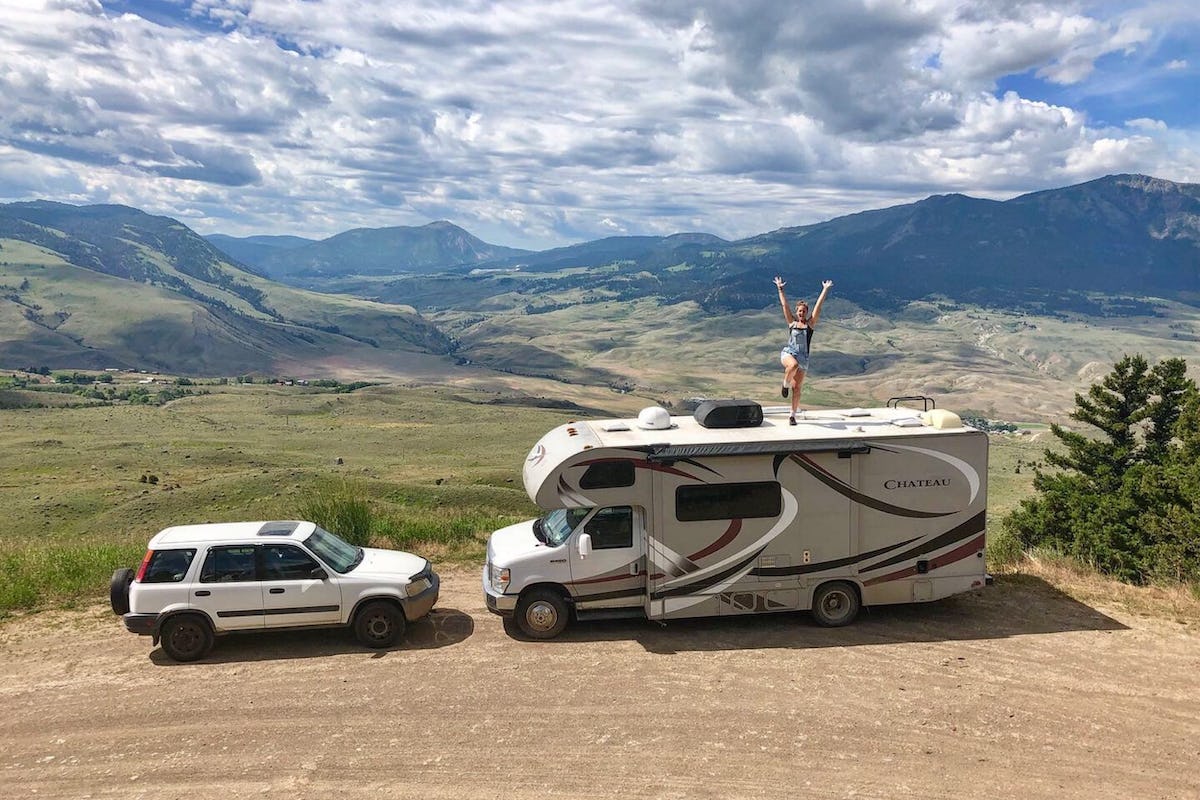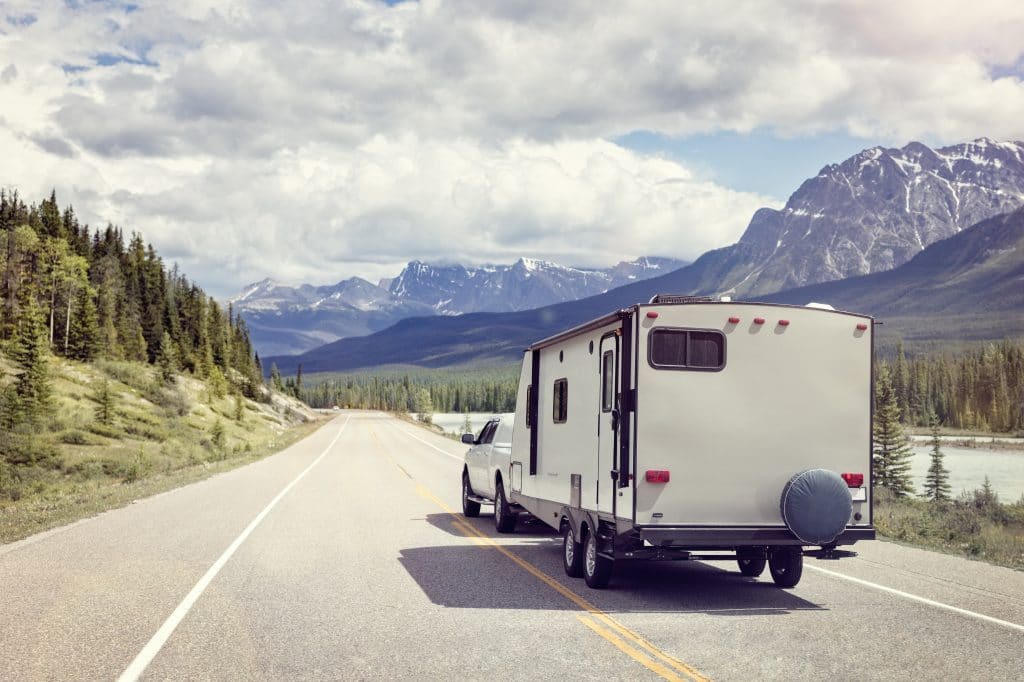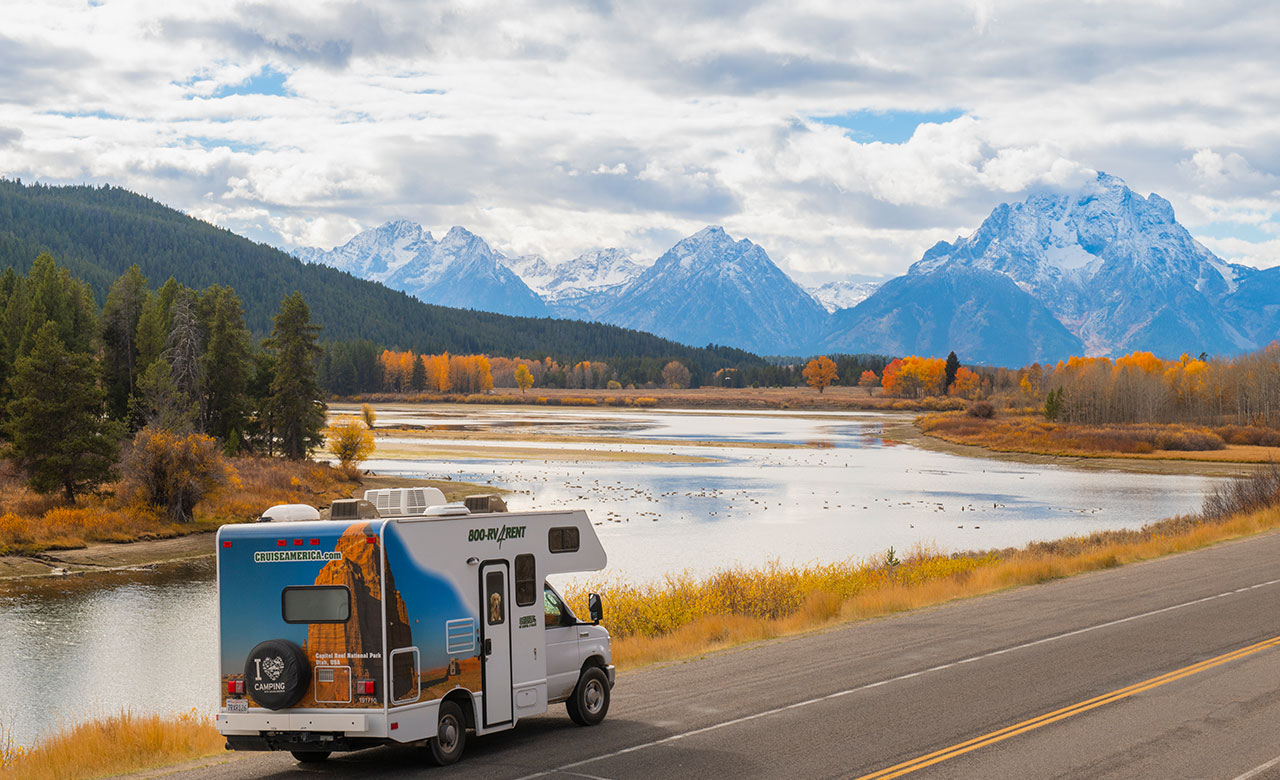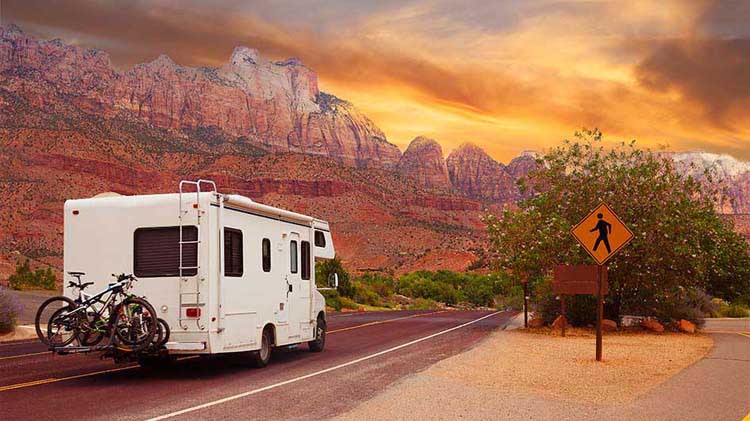
Choosing Your Route
Choosing Your Route
The first step in planning an extended RV trip is deciding on your route. Consider the destinations you want to explore and map out your itinerary. Be sure to research RV-friendly campgrounds, scenic routes, and attractions along the way. Flexibility is vital, so allow room for unexpected detours and serendipitous discoveries.
RV Selection
Selecting the right RV is crucial to your trip’s comfort and convenience. There are various types, from compact camper vans to spacious motorhomes. Assess your needs, such as the number of travelers, amenities required, and budget, to choose the RV that suits you best.

RV Selection
Budget and Finances
Create a comprehensive budget for your extended RV journey. Account for fuel, campground fees, food, maintenance, and entertainment expenses. It’s also wise to set aside an emergency fund for unexpected repairs or emergencies on the road.
Campground Reservations
Many popular campgrounds and RV parks fill up quickly, especially during peak travel seasons. Make reservations in advance, especially if you have specific sites or dates in mind. This ensures you have a place to stay, even in high-demand areas.

Campground Reservations
Packing and Essentials
Pack efficiently by including necessities like bedding, kitchen supplies, clothing for various weather conditions, outdoor gear, and essential tools for RV maintenance. Don’t forget to bring any required documents, such as driver’s licenses, insurance, and registration.
Safety and Maintenance
Before setting out on your extended journey, have your RV thoroughly inspected to ensure it’s roadworthy. Familiarize yourself with basic maintenance tasks, such as checking tires, fluids, and the electrical system. Always carry safety equipment, including a first aid kit, fire extinguisher, and emergency roadside assistance contact information.

Safety And Maintenance








